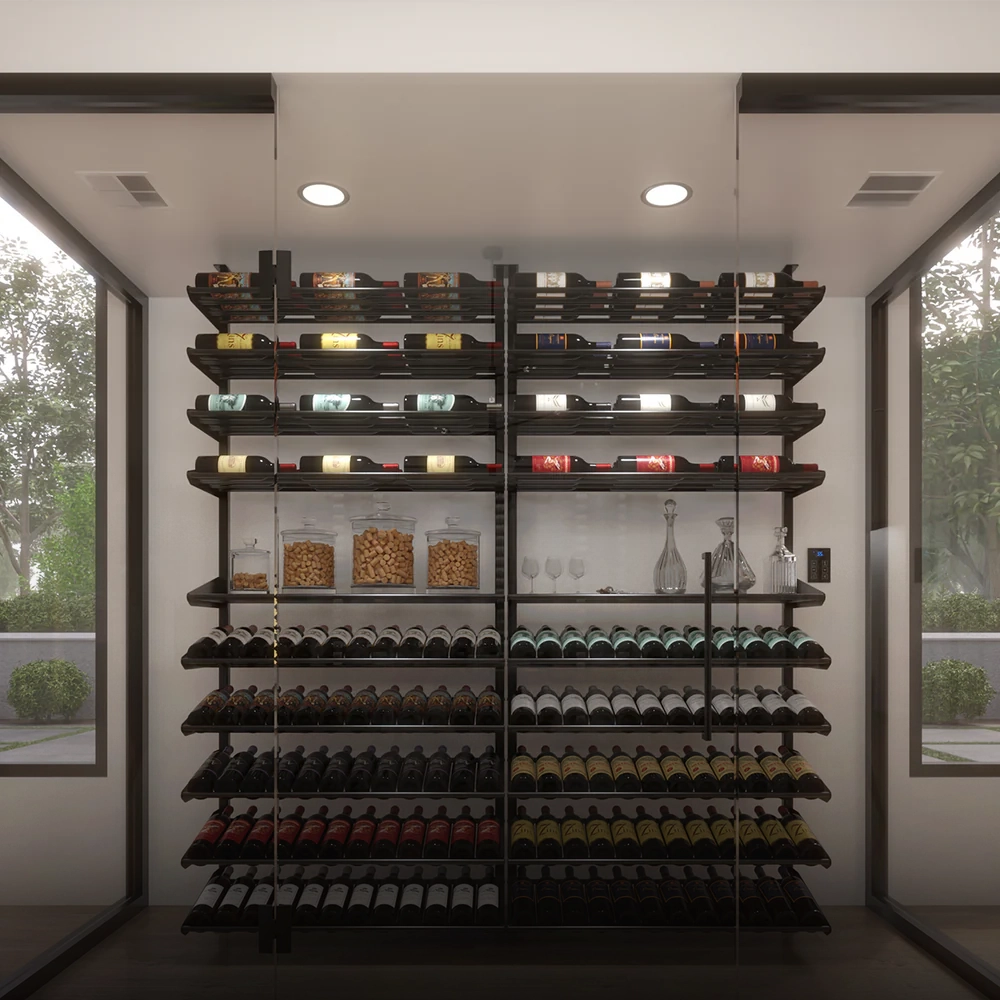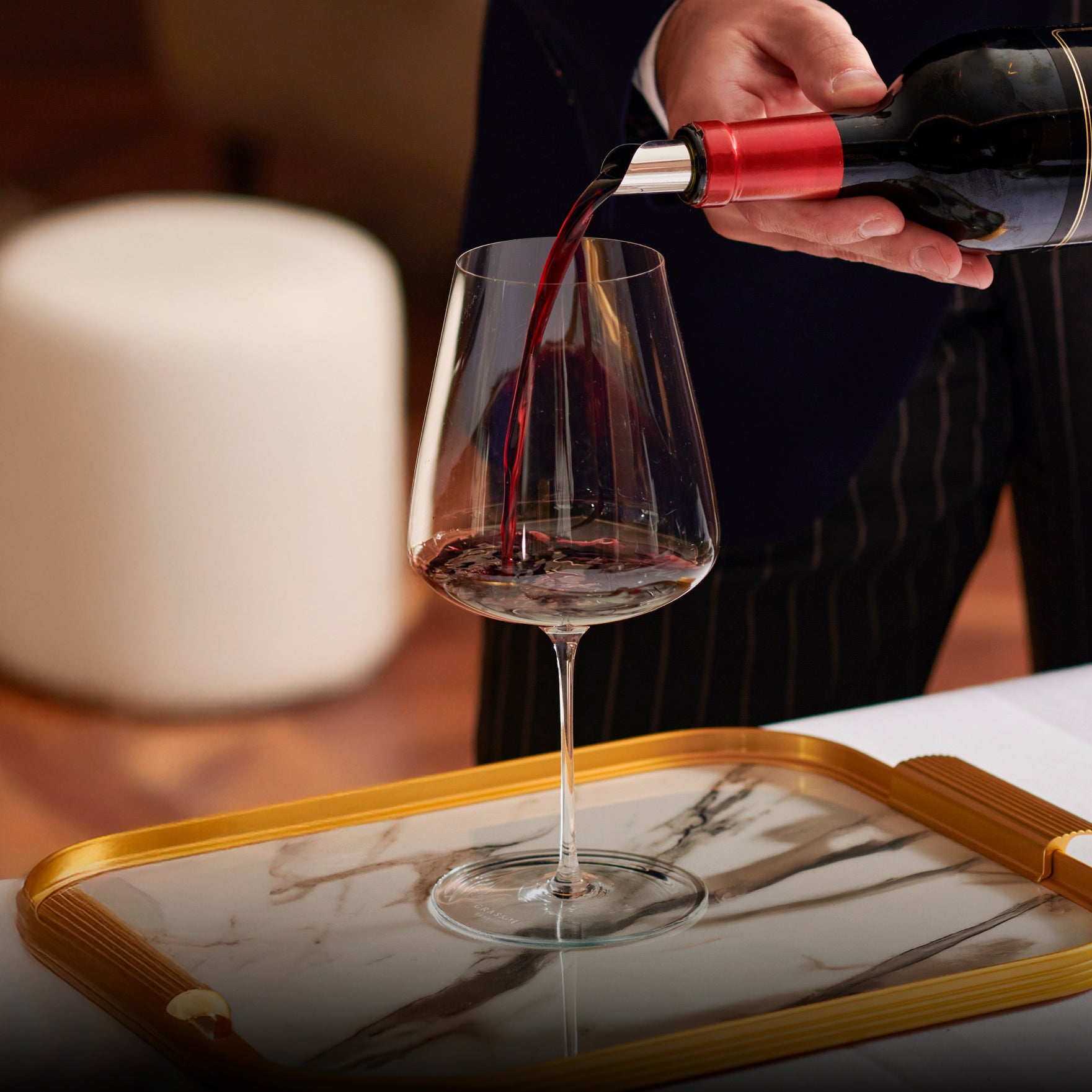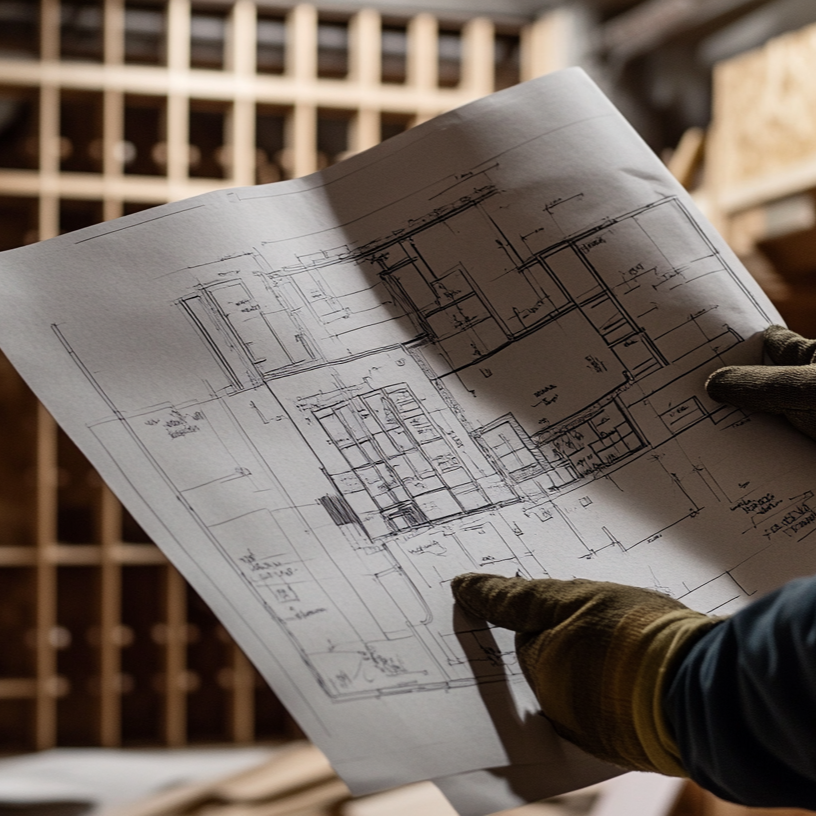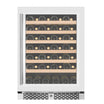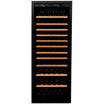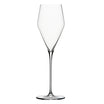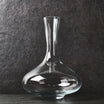Every wine bottle is an investment, and any good investment should be treated as such. Designing and building a wine cellar for proper wine storage can improve the quality of your wine, increase the value of your property, and create a wonderful focal point in your home. Lastly, a custom wine cellar enhances the elements to preserve wine, which we discuss in the following article.
Good winemaking is as much of an art as it is a science. However, proper wine storage is more of a science than an art form.
In the same fashion, you can create very artistic and aesthetically well-designed cellars to use for proper wine storage. You just need a creative mindset and the right design-build experts to bring your dream to fruition. Then, follow our recommendations and the wine storage infographic below to create the perfect space to preserve your wine.

Wine cellars tailored perfectly for you
Proper wine storage infographic
Because proper wine storage is more a science than art, there are a number of ingredients that must be followed to create the ideal storage conditions. In no particular order, there are four fundamental ingredients to proper wine storage:
- Temperature
- Humidity
- Airflow
- Lighting
Think of each of the ingredients as pieces of a recipe. Like any good recipe, you must follow a sequence of steps to combine all the ingredients and create something wonderful.
Proper wine storage is one of those recipes, and there are specific dos and don’ts to keep in mind as you mix your ingredients together. Referring to our wine storage infographic, you can visualize how each of the ingredients influences the process of wine aging and preservation.

Now, not everyone has a built-in wine storage environment. Some people have custom-made professional wine cellars, while others manage with a designated wine cooler or wine fridge.

Chill and preserve your premium wines
Regardless of the storage method, the “ingredients” listed on our wine storage infographic — at appropriate increments — influence the preservation of your collected bottles of wine. Let’s go into a little more detail about each ingredient and its impact on wine preservation.
Optimal temperature for wine preservation
Exposure to heat is one of the worst ways to spoil good wine. Heat disrupts the delicate balance between profound and subtle compounds within the wine. As a result, the development process is thrown off course, and the more precise textures and aromas unlocked by wine fermentation are improperly developed.
That’s why it’s important to set the temperature in your wine cellar or wine fridge between a range of 12ºC to 14ºC (53ºF to 57ºF). Temperature is especially critical for red wine storage. Preserving red wine within this temperature range allows the tannins to breathe and soften. Afterwards, more nuanced flavours and aromas within the wine are free to develop.
Part of the wine tasting experience is to appreciate the aroma emanating from a poured glass. Temperature plays a vital role in creating this pleasurable experience.
Balanced humidity protects wine corks
A wine cork is the final seal, acting as a built-in bodyguard that protects a fine bottle of wine. However, like any guard, the gatekeepers also need their protection. Humidity is one of the greatest threats to a wine cork. Too much humidity causes the cork to shrink and lose its seal around the neck of a wine bottle. Broken cork seals allow oxygen to seep into the wine, creating conditions for oxidization.
Therefore, you must maintain controlled humidity within your wine storage space to support wine preservation. As a general rule, keep humidity levels as close to 55% as possible. Anything below 50% risks drying out your corks and creating oxidization. If humidity exceeds 70%, you risk creating mould or mildew within your wine storage space.
Controlled airflow minimizes vibrational effects
Any investment strategy is based upon the principles of playing a long game to reap the benefits that await at the end. Investing in wine is no different, and it’s only by allowing wine to develop over time that you uncork — no pun intended — the true value of your wine collection.
Controlling airflow in and out of your storage space helps create the proper temperature and humidity conditions. A wine cellar cooling system flows cooler air into the storage area, and it subsequently funnels warmer air outside your wine cellar.

Invest in the lifeblood of a wine cellar
Additionally, by programming how much air flows through your wine cellar cooling system into your storage cellar, excessive gusts of air are restricted from entering the storage space. Airflow that’s too strong risks vibrating the wine inside your bottles.
Vibrations affect the chemical reactions within wine to naturally occur. Consequently, the wine can prematurely change its chemical composition and create an undesirable taste. Restricting how airflow vibrates the wine can protect your investment and preserve the quality, flavours, aromas, and textures in each bottle of wine.
Dim lighting protects the composition of wine
There’s a reason that most personal wine cellars are built in basements or other dark corners of the home. Sunlight negatively reacts with amino acids within wine, prematurely aging the vintage. This premature aging alters the texture and especially the aroma of the wine.
Prevent wine from deteriorating by storing your collection in a location that’s shielded from sunlight. Use LED lighting in your cellar space that can be switched on whenever you venture inside. Also, install a programmable dimmer to control how much light touches the surface of your wine bottles.
Create a personal wine cellar and collect with confidence

Design-Build custom wine cellars
Our wine storage infographic outlines common dos and don’ts for proper wine storage techniques. But the greatest asset to maximize your wine investments is a personalized home wine cellar built to extend the longevity of your collection.
A home wine cellar is built in a darker space with controlled airflow. It protects your wines from heat that emanates from household appliances, and you can use products like wine cellar cooling systems to modify humidity levels that flow in and out of the cellar.
In conclusion, to effectively follow the recommendations on the wine storage infographic, make the greatest investment you can make as a wine collector. Build your own personal wine cellar and create a valuable focal point within your home.






